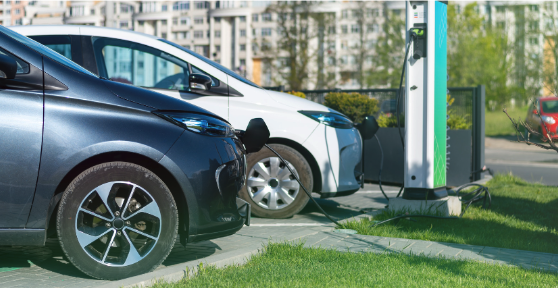Solar panel efficiency is an important indicator to know the quality performance of your solar panels. It is a measure of the amount of sunlight, also called irradiation, that falls on the surface of a solar panel and afterward is converted into electricity. The electricity collected can be stored and used when needed.
Due to the many advances in photovoltaic technology over recent years, solar panels can process around 20% of solar energy collected into usable energy, depending on certain factors. These factors can be controllable (solar panel installations) or uncontrollable (eg. weather conditions).
The upcoming winter is going to bring an increase in energy bills, and families and businesses will need to think about how to maximize and get the best out of your solar panels and how it is possible to reduce expenses.
In this article, we will take a closer look at the variables that affect the performance of your solar panels and how you can improve it.
Controllable factors that influence the efficiency of the solar panel
1. The type of panel material of the solar panel.
– Monocrystalline. This type of material brings one of the highest performance. The efficiency is rated between 17 per cent to 22 percent. This type of solar panels are the ideal ones for smaller roof tops in order to get higher efficiency. The cells are made of a single crystal of silicon, and because of that the electrons are able to easily flow, which causes one of the highest efficiency.
– Polycrystalline. Classified as a material that provides a middle level of efficiency, ranging from 15 and 17 per cent. This lower efficiency is caused because the electrons can not move as easily as monocrystalline, and because of that reason the efficiency levels drop.
– Thin film. This type of material can get one of the lowest efficiencies within solar panels, we can be talking about 10 and 13 per cent, even 10 points less compared to monocrystalline material. Because of that reason, you need to install more panels in order to meet the same energy need than with less monocrystalline panels.
The efficiency of the solar panels has a correlation with the cost, the most efficient you get the higher the cost of solar panels.
2. The inclination and orientation that the panels have been placed.
There is no homogeneous answer for this factor. The common denominator depends on each situation and location.
The further the solar panel is installed from the equator, the higher the angle should be. Based on the position of the sun, the solar tilt must be:
| Latitude | Tilt angle |
|---|---|
| 45°-50° | 27° |
| 40°-45° | 23° |
| 35°-40° | 22° |
| 30°-35° | 20° |
| 25°-30° | 17° |
| 20°-25° | 15° |
3. The inverter efficiency is measured by how much DC power is converted to AC power.
4. Shading. Any object that creates shading (eg. trees) may reduce the efficiency of the solar panels by more than a half. Make sure if it is possible to have an open area or avoid shadows that block sunlight throughout the year. This definitely will affect your solar panels’ return on investment.
5. Add a Battery Energy Storage System, to store energy from your solar panels. At Ampowr we offer a range of energy storage systems that store energy directly from your PV installation.
The growing popularity of residential solar panels has stimulated interest in energy storage. Our AmpiHOME™ (residential system) greatly benefits homeowners by storing surplus energy which is harvested from the sun but not directly utilized by the Home. This additional access gives users full control of how and when to use it. The Ampowr energy storage solution combined with any existing PV installation can cover up to 80% of the needs of a household.
Ampowr also creates large commercial and industrial energy storage systems.
Uncontrollable factors that influence the efficiency of the solar panel
When it comes to efficiency in your solar panels, not only controllable variables influence but also variables that are not under our control. The factors that have a higher impact on the performance of solar panels are geographic location, time of the day, weather conditions, time of the year, and atmospheric conditions.
1. Geographic location.
2. Time. The time of day is directly correlated to the amount of solar energy produced. Solar energy production has its peak at noon, but also in the morning and late afternoon still solar energy is generated.
3. Month. Summer days are longer which will offer more energy generation than shorter winter days. In the same way, weather conditions
4. Atmospheric conditions and pollution of the area.
If you would like to know more about how to improve the efficiency of your solar panels and get an energy storage system for your house or business, you can click below and read more information.






